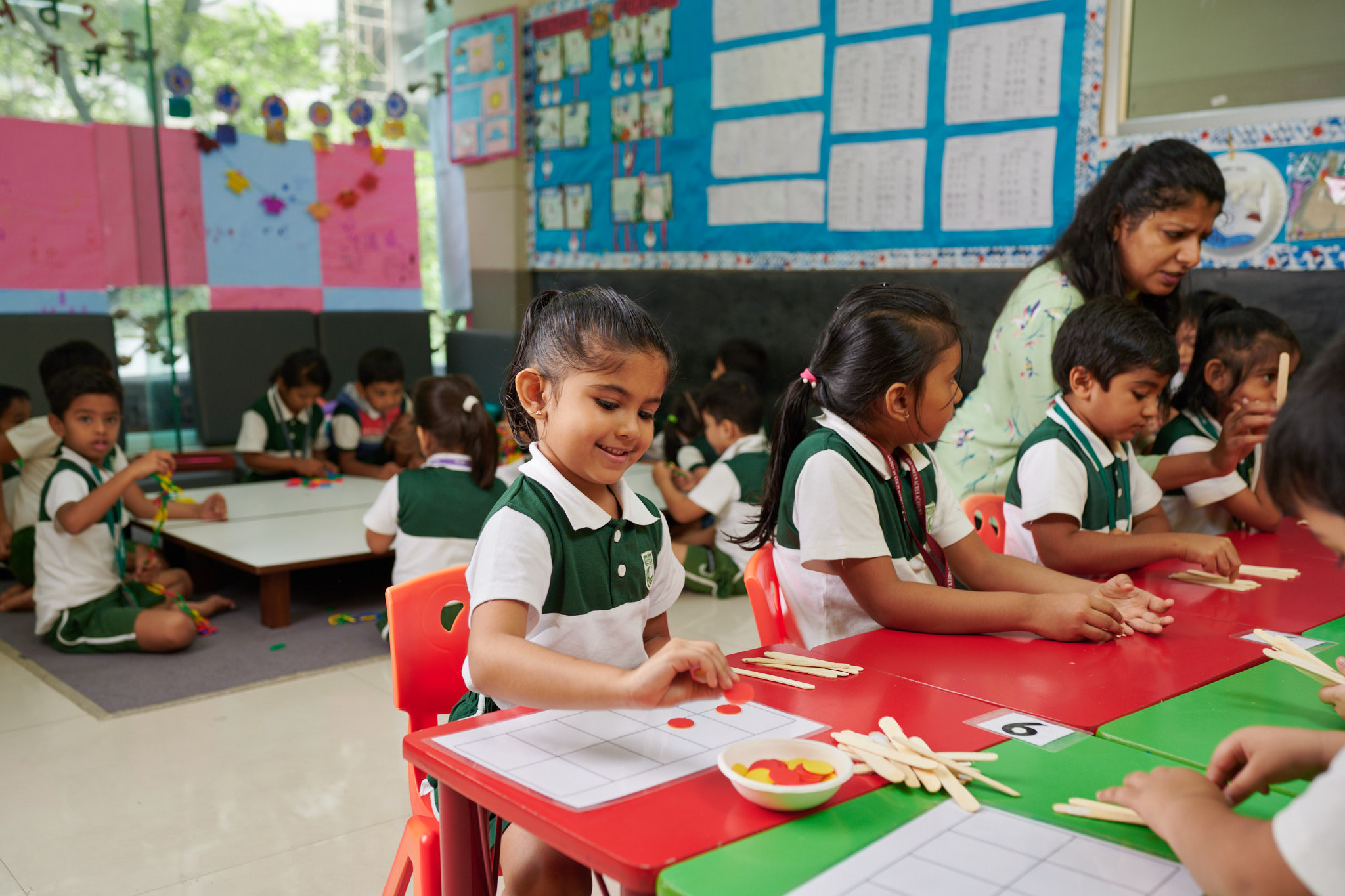Today’s children need to learn skills that prepare them for the modern world. As much as they want to know about the how, why and what of everything, these learners also need an opportunity to develop their personalities, be able to work in a social community, be a team player, learn to be patient, show empathy, develop respect, problem solve, make better choices, control emotions and most importantly learn to find joy.
What is active learning?
Active learning an umbrella term for learning and teaching is a method which put the students in charge of their own learning through meaningful activities.
Active learning enforces all these characteristics in a person from a very young age.
As the name suggests, active learning is learning that allows engagement, physically, mentally as well as emotionally. It is a multi-sensorial and holistic approach to understanding a topic.
Through active learning, students engage with their subject as groups, in pairs or partnerships and in certain cases also through individual tasks.
Active learning classrooms are set up with multiple different work centres, learning resources, more than one teacher who are actively participating with the students, rather than passively watching as the students do their assignments.
How does active learning work?
Let’s say our students are learning about the pronunciation of alphabets. In a passively run classroom, students would merely be introduced to the sound by the teacher on the board and made to memorize it.
Through active learning, however, the students would be sent to be taught the application of the pronunciation such as their fellow students’ names. Not only does this give students context of the alphabet and pronunciation, but also teaches them to learn the importance of knowing each other’s names.
While this may not seem important to adults, it is extremely essential in teaching pre-primary students the importance of socialisation. Additionally, students would also be given different activities in connection to the alphabet, such as learning about a fruit which begins with the same alphabet or learning to draw out the alphabet in a tray of sand.
By giving them the fruit you are engaging their senses of sight, taste and smell, and the tray of sand engages their fine motor development.
Most important lesson from active learning
The most important lesson of all comes in situations where students are made to wait their turn for the class resource. Young kids lack patience and are quick to seek gratification. By being made to wait for the classroom resource they are indirectly taught to learn patience, and problem solving how will they best utilize their time while waiting?
Thus active learning can teach students to explore, share, wait for their turns, make choices, differentiate between work and play, work in groups, use imagination, patience and develop social behaviour along with grace and courtesy.
The active learning curriculum is designed to address all domains of a child’s learning and development; social, emotional, cognitive, physical, language, and literacy.
This wholesome and rounded approach to teaching and learning is what every student requires to develop into well rounded global citizens, who can effectively guide their way through life.
(This article is written by Rohan Parikh, Director of The Green Acres Academy for India Today here.)

